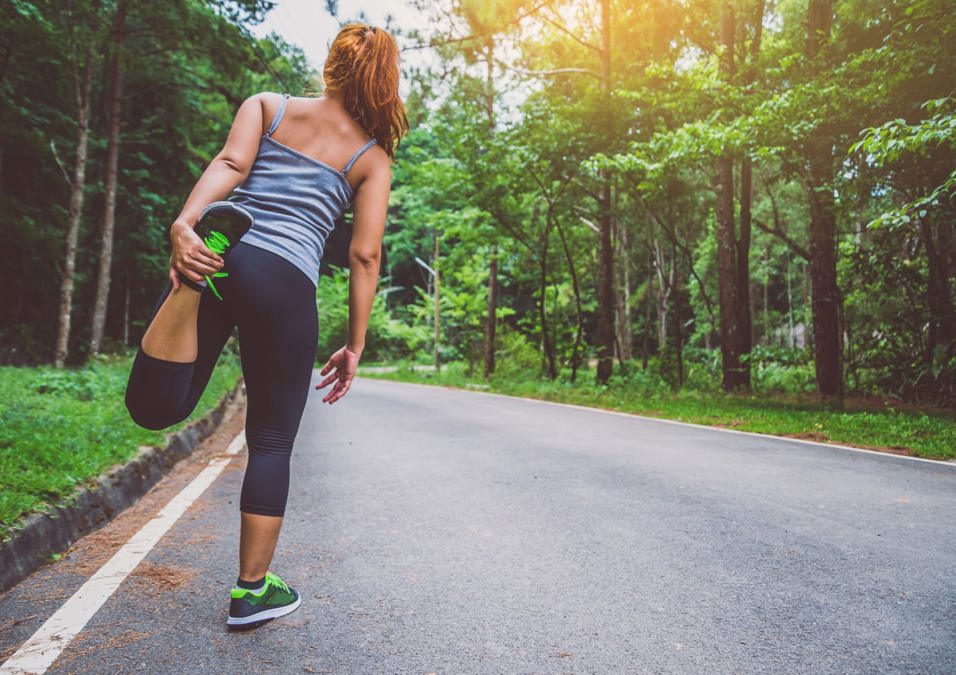Optimal Workout Timing Enhances Results

SIGN UP FOR YOUR FREE DAY PASS TODAY!
Claire Zulkey, a 44-year-old freelance writer from the Chicago area, has a well-defined morning regimen.
She sends her kids off to school, tunes into her favorite TV show, and then dives into a full-body workout. Afterward, she showers and begins her workday.
On the other hand, Meghan Cully, a 32-year-old graphic designer in Maryland, prefers to exercise after a full day of work.
She describes herself as a “slow starter” who finds it challenging to get moving early in the morning.
Consider Your Fitness Goals
A small study conducted by Skidmore College explored the benefits of exercising in the morning versus the evening for both genders.
The study, led by Paul J. Arciero, Ph.D., a professor in the health and human physiological sciences department, divided participants into morning and evening exercise groups.
“We discovered that men and women respond differently to exercise depending on the time of day,” Arciero explains.
The results showed that women aiming to reduce blood pressure or lose belly fat benefit most from morning workouts.
In contrast, those looking to build upper body muscle, improve endurance, or enhance their mood should consider evening exercises.
For men, the findings were somewhat reversed. Evening workouts help lower blood pressure, reduce the risk of heart disease, and decrease fatigue, while morning workouts burn more fat.
Additional research is needed to fully understand these differences.
Arciero suggests tailoring your workouts to the time of day that maximizes your results.
“For women, this might mean doing cardio in the morning and strength training in the evening,” he says.
Early Birds vs. Night Owls
Jennifer J. Heisz, Ph.D., an associate professor of kinesiology at McMaster University and author of "Move the Body, Heal the Mind," believes the best time to exercise depends on your chronotype.
Chronotype is your body's natural sleep preference, determining whether you are a night owl or an early bird.
For the 25% of people who are night owls, balancing sleep and exercise can be tough. “Societal norms can make it challenging to exercise at night,” Heisz says.
“If you stay up until midnight and exercise late, but need to be up early, you won’t get enough sleep.”
Adequate sleep is crucial for recovery and maximizing the benefits of exercise. Regardless of when you work out, inadequate sleep can hinder your progress.
How to Shift Your Workout Time
If you want to adjust your workout routine to align with Arciero’s findings or make exercise more convenient, Heisz says it's possible.
“To shift to a morning routine, combining exercise with sunlight can reset your biological clock,” she suggests. “Exercise outside in the sunshine for a powerful effect.”
For older adults who wake up too early, evening exercise might be beneficial. “It can help you fall asleep later and stay asleep longer,” says Heisz.
If you're concerned that evening workouts might disrupt your sleep, opt for gentler forms of exercise like yoga.
Avoid high-intensity activities that could elevate your heart rate and make it harder to wind down.
Cully found that working out on her way home from work, well before bedtime, prevents it from affecting her sleep.
“If I went home first, I probably wouldn’t exercise,” she admits. “But this way, I have the whole evening to relax.”
Final Thoughts
Regardless of when you choose to exercise, Arciero emphasizes the importance of a multi-modal approach.
He developed a program called RISE—resistance training, sprint interval training, stretching, and endurance.
“Doing each type of exercise once a week resulted in higher compliance and greater benefits,” he explains.
By following these guidelines, you can tailor your exercise routine to your lifestyle and fitness goals, optimizing the benefits of your workouts.
Source: fortune
The opinions shared in the GymNation blog articles are solely those of the respective authors and may not represent the perspectives of GymNation or any member of the GymNation team.
GET YOUR FREE TRIAL TODAY
















































































